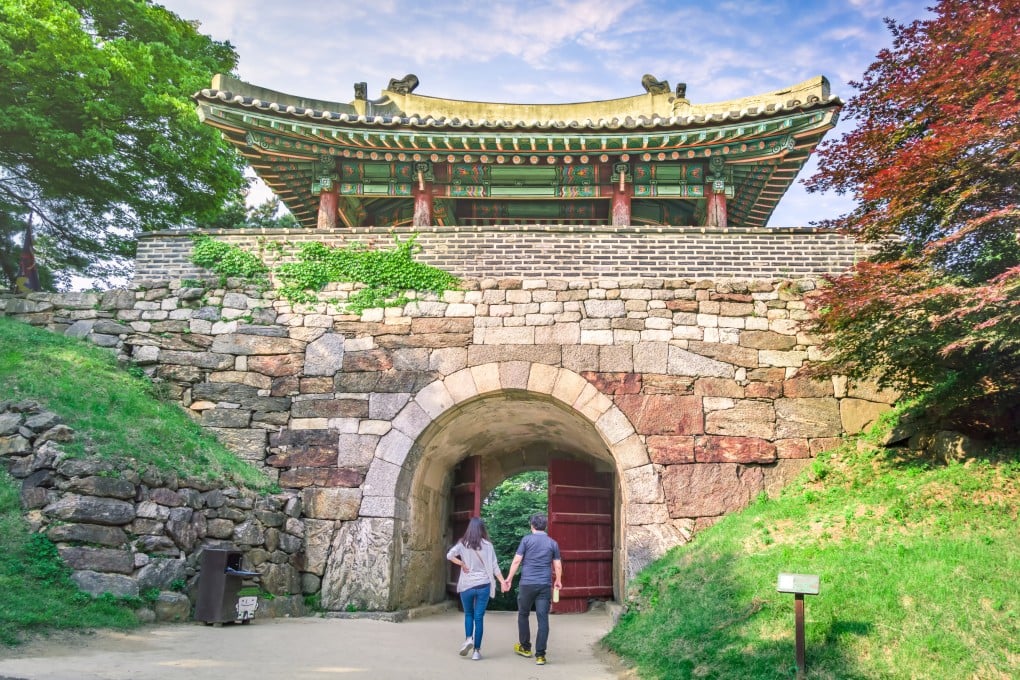Inside South Korea’s hidden emergency capital city, built should Manchu forces invade, and why it wasn’t a great success
- Namhansanseong, a Unesco World Heritage site, is an impressive yet little-known fortress built as an emergency capital city should Manchu forces invade Seoul
- King Injo fled to Namhansanseong when Manchu troops stormed towards Seoul in 1636. They starved Injo out, and he surrendered 47 days after his arrival

I peer from a time-worn pavilion across a succession of royal halls, courtyards and gates built into a forested mountainside near Seoul, South Korea.
A few other tourists are scouring this imperial citadel but, despite being a Unesco World Heritage site located just 25km (16 miles) southeast of the national capital, Namhansanseong remains something of a secret to overseas visitors, according to staff at the visitors’ centre.
Then again, it was designed specifically to elude the scrutiny of foreigners.
The fortress was built four centuries ago, to function as a hidden emergency capital should Manchu forces invade Seoul. In such an event, the elite of Korea’s Joseon dynasty would escape with key staff to Namhansanseong, which was guarded by warrior monks.

As is clear from my elevated perch – the Iwijeong pavilion – this was no mere hideaway. Rather, Namhansanseong is a sprawling, walled complex of homes, temples, armouries, towers, ceremonial halls, command posts and administrative offices, once capable of accommodating 4,000 residents.
